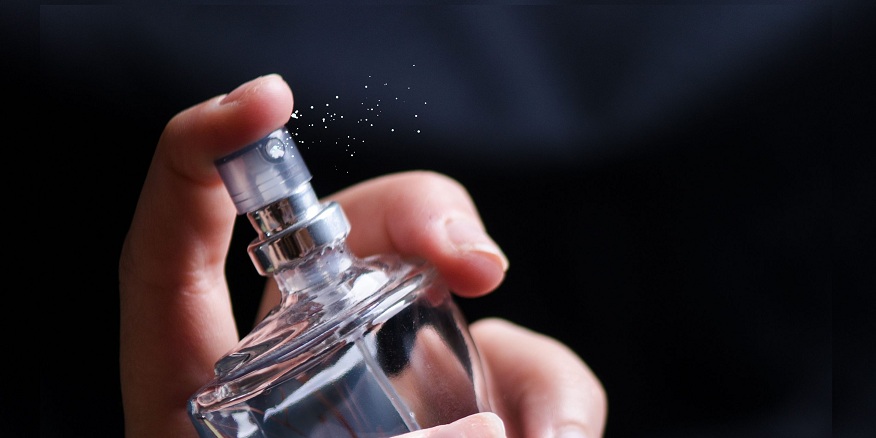Everything You Need to Know About Microneedling
Microneedling is a cosmetic technique that entails creating small, sterile skin punctures using a needle. These minuscule wounds stimulate the production of collagen and elastin in your body, promoting skin repair and yielding a more youthful appearance. This procedure is alternatively known as collagen induction therapy.
Microneedling Benefits
- The loss of hair (alopecia)
- Your skin may have dark patches or areas (hyperpigmentation).
- Big pores
- Decreased suppleness of the skin
- Wounds
- Stretches
- Sun-related harm
- Wrinkles and fine lines
How Much Does Microneedling Cost?
Microneedling RF is more affordable compared to laser treatments. Because microneedling doesn’t use heat, which can alter skin tone like laser treatments do, those with darker skin tones might benefit from it more. Find out what your dermatologist suggests based on the type of skin you have and your budget.
What Happens While microneedling
Microneedling is a medical procedure that dermatologists or specialists in skin disorders can do. Additionally, anesthetists perform it. Make sure to confirm the practitioner’s credentials and experience, as well as the sterilization of all the equipment, if you try it somewhere other than a medical facility. There are kits for doing microneedling on your own. Dermatologists, however, advise against using such because you may not have a dependable way to sterilize the needles, and you risk accidentally damaging your skin.
The average operation time is between 10 and 20 minutes, depending on the size of the region. For most people to experience results, 4-6 treatments are required.
Initially, a numbing lotion will be applied to your face to make the needle pricks unbearable. Subsequently, the microneedling practitioner will glide a rolling or pen-shaped instrument containing tiny needles around your face. There is some bleeding once the needles make minor wounds in your skin. After that, your doctor might apply a serum or cream to your face.
The purpose of the therapy is to send collagen and elastin to the microscopic injuries, so initiating your body’s healing process. Wrinkles can be filled in and smoothed out with collagen.
The majority of patients receive microneedling on their faces. However, other body areas like the thighs or stomach might also benefit from this procedure.
Microneedling: Recovery and Dangers
Before choosing to give it a try, consider the following:
There is no quick remedy- It takes time to become aware of a change. Your body is mending itself, which explains why. Before they notice any changes, most patients require multiple sessions.
- Healing time: The healing process could take many days or weeks, contingent on the depth of the needle puncture.
- Redness and pain: Following the surgery, you can experience some discomfort, and your skin might be red for a few days.
- Removing the peel: As it heals, your skin can feel constrictive and flakes a little.
- Both bleeding and bruises: Typically, microneedling doesn’t cause any bleeding. However, skin bruising or bleeding may result from intense microneedling procedures.
- Potential damage: Individuals who have had keloids, which are scars that resemble big bubbles on the skin, should avoid microneedling. It might exacerbate the situation.
- Infection:Because micro-needling makes microscopic holes in the skin, bacteria may get through, mainly if the equipment isn’t thoroughly cleaned. Yet there is extremely little chance of infection. It’s unlikely that microneedling will cause an infection if you’re healthy.
Finally, insurance does not fund microneedling because it is a cosmetic surgery. Your physician will estimate the number of treatments you will require and let you know how much they will cost.



